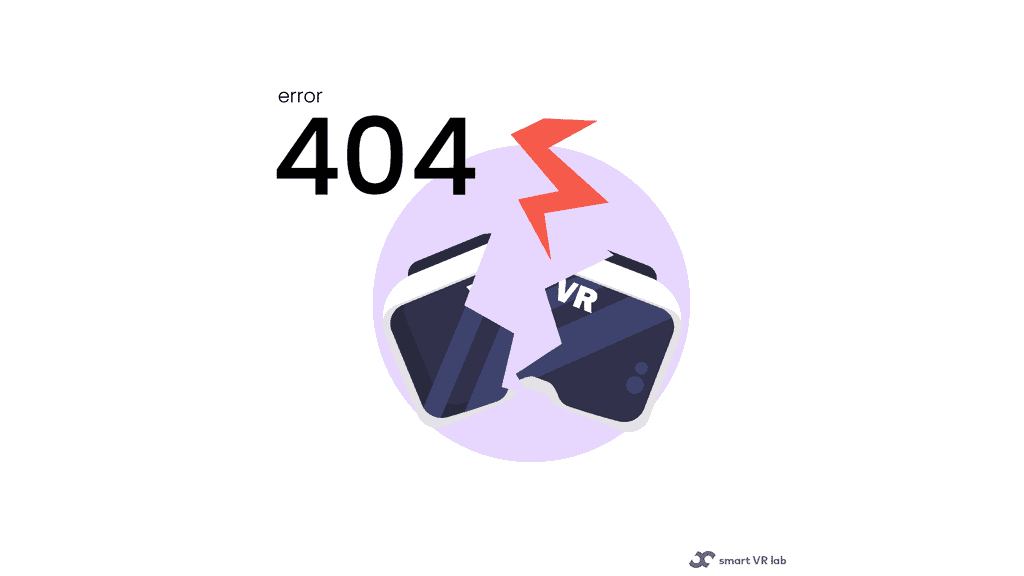Virtual reality offers a wider range of solutions for businesses. It enhances business activities such as; corporate training, sales, marketing, HR processes. Due to technological advancements, VR can be implemented in any industry. Healthcare, education, construction and real estate are some of the industries that VR is already being implemented. But why do some VR projects fail? And what can be done to avoid this failure?
Starting with VR can be difficult if you lack experience. This causes many VR projects to either be delayed, non-efficient or even completely fail. But, there are many pitfalls that can be avoided easily with some tips.
Avoiding VR Failure
One of the many reasons VR projects fail is the lack of VR familiarity. Clients often have an insignificant understanding of virtual reality and it’s capabilities. This results in either very high or very low expectations for a project.
1. Experience VR
Before starting a project, it’s always best to explore what VR has to offer. Doing so will ensure the goals set out for certain projects live up to the expectations. Any VR experience, for instance, VR corporate training or VR game, can help you get familiar with the technology. Also, you might find out that the problem you are trying to solve already has an off-the-shelf solution ready to go which will save you time, money and effort.
The easiest way to dive into VR and its project opportunities, is to approach VR experts who know a lot about different applications on the market. Smart VR Lab develops custom VR projects for businesses across multiple industries including healthcare, e-learning and more. But they also know what off-the-shelf products are available.
Smart VR Lab offers three-day trials with VR devices that contain demos of apps that might be interesting for your company. This will mean that you might save the cost of developing your own content if off-the-shelf content is available or that you get a better understanding of the content you want to develop. Perhaps you could even develop your own app in a way that makes it valuable for others and thus allowing you to monetize your app outside of your company.
2. Goal Determination
Zig Ziglar once said, “A goal properly set is halfway reached.” Before developing a project, a business should determine what it wants to accomplish. Technology is a tool to simplify our lives, but we have to be the ones to set goals for it.
Do you want to improve your employee training effectiveness? Do you want to attract new clients and achieve higher sales? Set a concrete goal with numbers and a deadline. The key to success is determining what you want and how you want it. Companies often don’t think through the goal of a VR project. They just want to adapt with trending innovation and VR implementation is just a way to show-off.
3. Using VR CMS
While business processes change, some companies give up on VR. This is because VR projects can’t reflect all of these changes. To make changes, businesses usually need to contact VR professionals and pay extra for modifying things and making changes.
The solution to this problem is a VR content management systems (CMS). Just like how we can build websites by ourselves with WordPress, platforms like Smart VR Lab allows clients to create and modify their VR projects without the help of professionals.
Conclusion
Implement VR not because it’s trendy but because of the maximum benefit you could get from a VR project. Great research before the project could save you money and time fixing mistakes down the road. Get familiar with VR in advance, determine the goal and efficiency metrics, and use tools that simplify VR management.
Smart VR Lab develops and produces training content for businesses across multiple industries. To transform the way your business trains its staff, simply contact Smart VR Lab for a demo and set up a meeting with our team.

